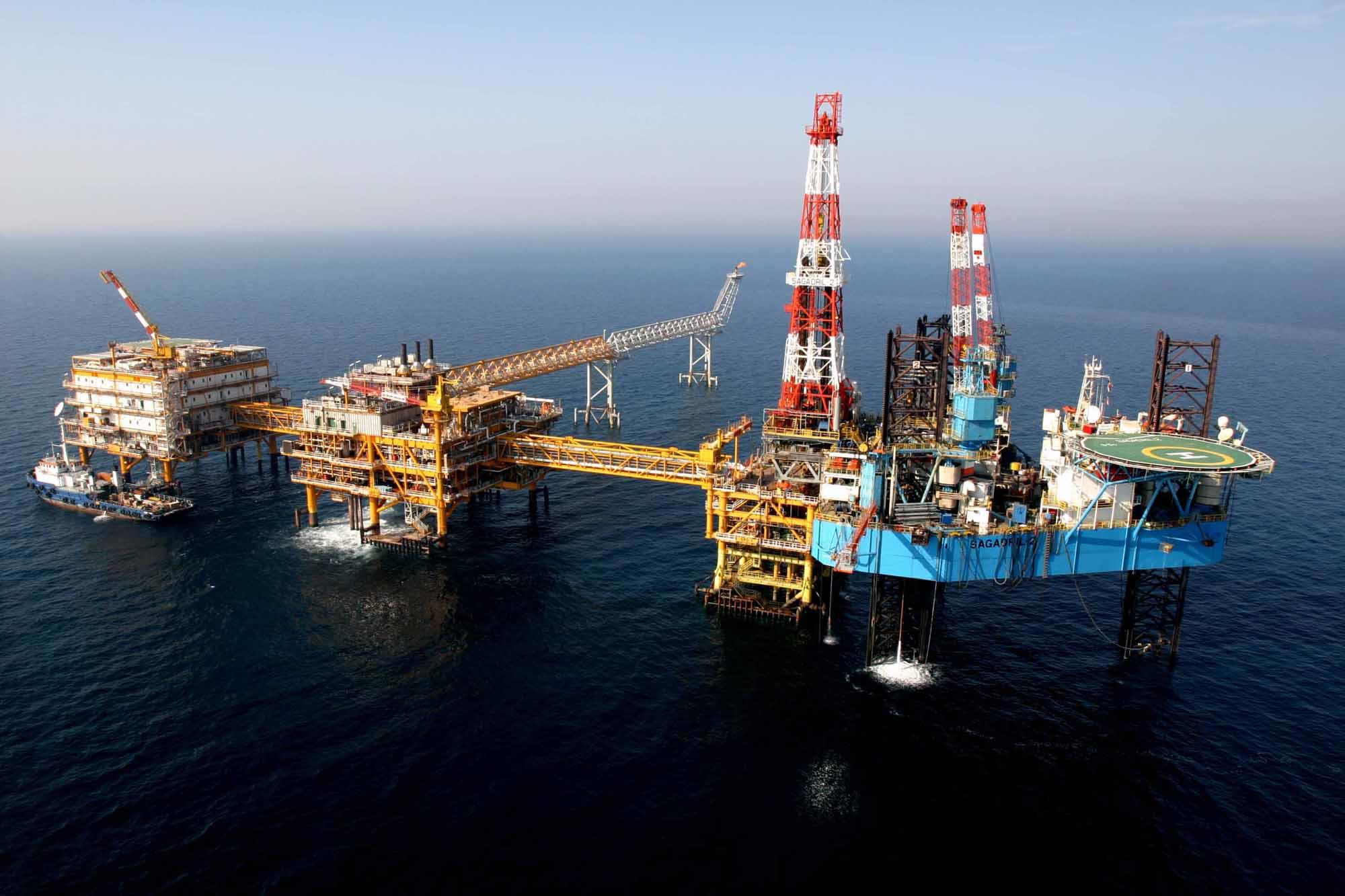Iran is well-positioned to sign major oil contracts by the end of the present fiscal in March, said Ali Kardor, chief executive officer of the National Iranian Oil Company.
"We expect to finalize more than $15 billion worth of oil and gas deals with international companies by the yearend," Kardor was quoted as saying by IRNA on Monday.
The giant Azadegan Oilfield in southern Khuzestan Province, Phase 11 of the South Pars Gas Field in the Persian Gulf and a venture to raise crude oil output from South Pars are the centerpiece of Iran's new oil deals.
Azadegan Oilfield is divided into northern and southern sections. Tehran has singled out South Azadegan as the first upstream project to be tendered under its new style of contracts. According to some news outlets, NIOC may opt to sign a single contract to develop both sections.
"We are making preparations to tender the Azadegan project," Kardor said, hoping that the state-owned company will wrap up its first oil deal with multinationals before the beginning of Hassan Rouhani's second and last term as president in August.
NIOC hopes to follow through with a preliminary agreement it signed with Total S.A. last year on developing Phase 11 of the South Pars mega project.
The French energy major is expected to produce 56 million cubic meters of gas per day from Phase 11 in cooperation with China's CNPC and Petropars, a subsidiary of the NIOC.
Another key energy project also is in the Persian Gulf, where Iran recently began drawing crude oil from South Pars after years of planning and development.
South Pars oilfield is located in the center of the Persian Gulf, about 130 kilometers off the Iranian coast, and adjacent to Qatar's territorial waters, holding an estimated 7 billion barrels of oil in place. The field is the northeastern extension of Al-Shaheen oilfield in Qatar.
Iran is reportedly drawing about 20,000 barrels per day from the field, shipping its first-ever oil cargo from South Pars just this past month.
According to Bijan Namdar Zanganeh, the oil minister, Tehran expects to sign 10 oil and gas deals based on the IPC framework in the short term.
Currently the third-largest producer of the Organization of Petroleum Exporting Countries behind Saudi Arabia and Iraq, Iran hopes to raise crude oil output by 700,000 barrels per day from the current level of around 4 million barrels daily.
It also seeks to increase natural gas production to more than 1 billion cubic meters per day, from around 880 mcm/d. South Pars provides more than two-thirds of Iran's gas supplies.


